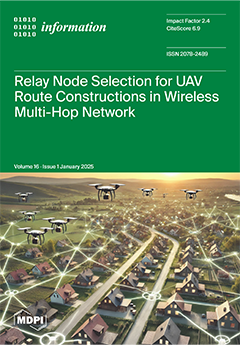Shear wave velocity (V
s) is an important soil parameter to be known for earthquake-resistant structural design and an important parameter for determining the dynamic properties of soils such as modulus of elasticity and shear modulus. Different V
s measurement methods are available. However, these methods, which are costly and labor intensive, have led to the search for new methods for determining the V
s. This study aims to predict shear wave velocity (V
s (m/s)) using depth (m), cone resistance (q
c) (MPa), sleeve friction (f
s) (kPa), pore water pressure (u
2) (kPa), N, and unit weight (kN/m
3). Since shear wave velocity varies with depth, regression studies were performed at depths up to 30 m in this study. The dataset used in this study is an open-source dataset, and the soil data are from the Taipei Basin. This dataset was extracted, and a 494-line dataset was created. In this study, using HyperNetExplorer 2024V1, V
s prediction based on depth (m), cone resistance (q
c) (MPa), shell friction (f
s), pore water pressure (u
2) (kPa), N, and unit weight (kN/m
3) values could be performed with satisfactory results (R
2 = 0.78, MSE = 596.43). Satisfactory results were obtained in this study, in which Explainable Artificial Intelligence (XAI) models were also used.
Full article





